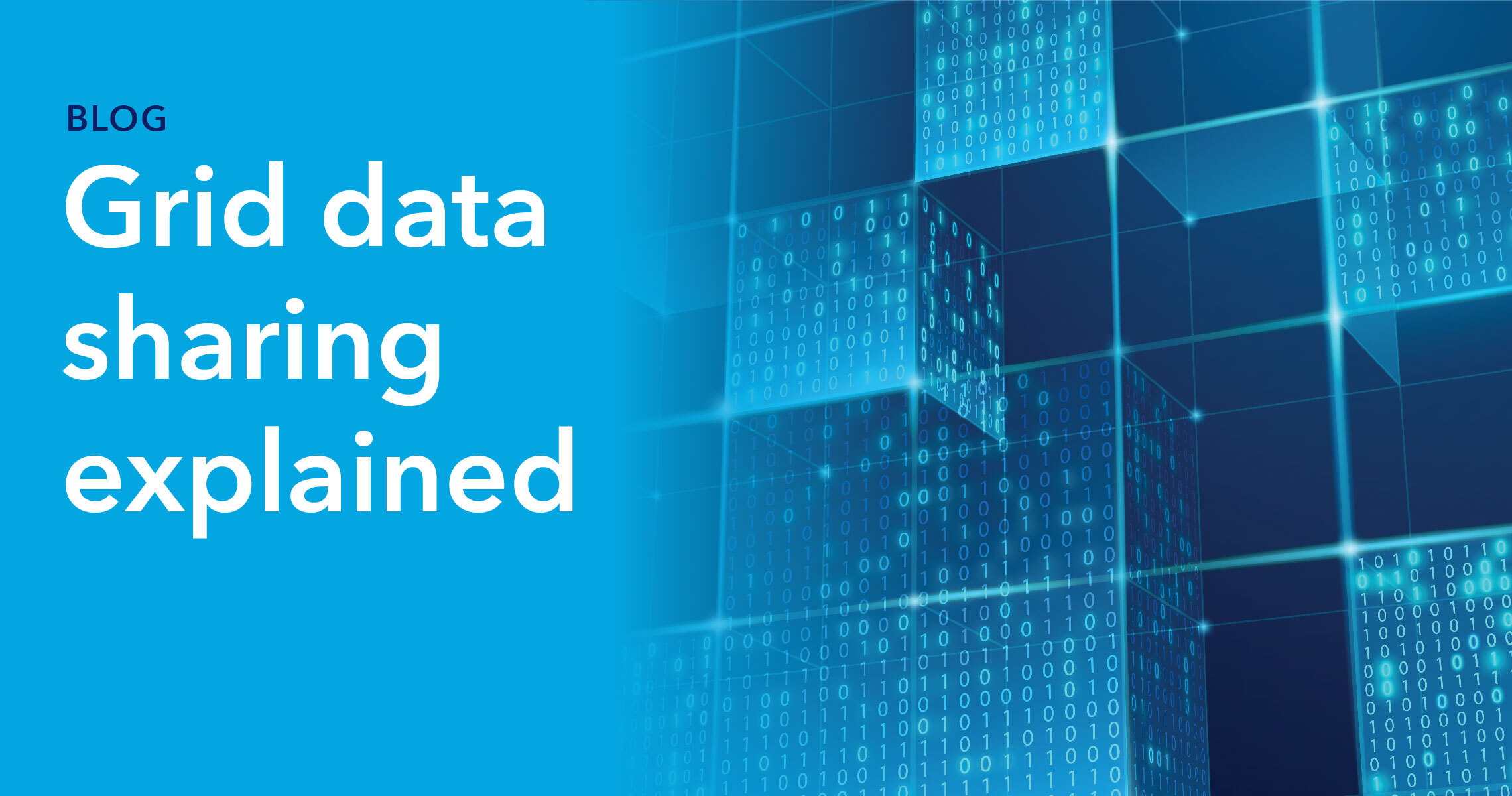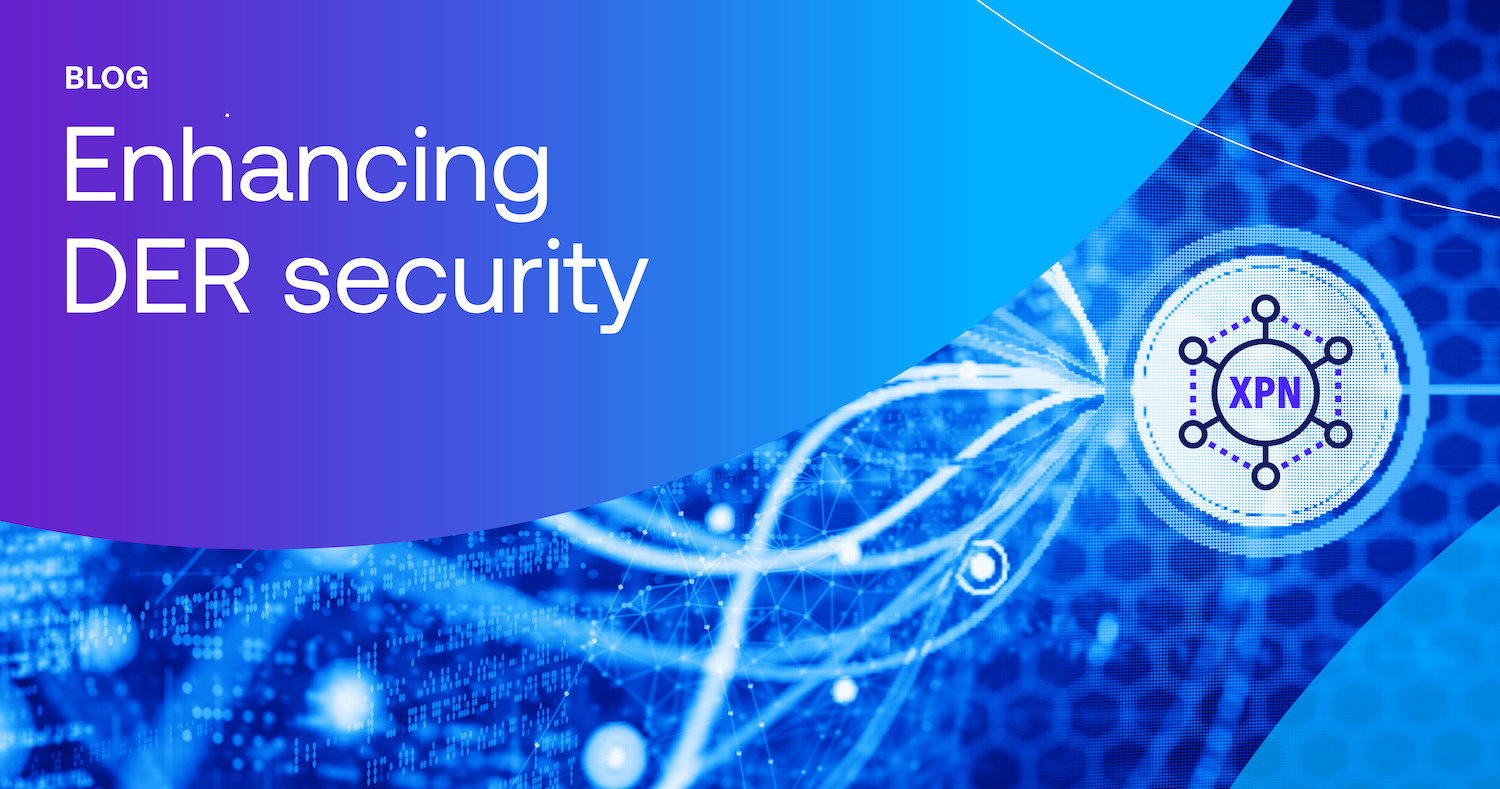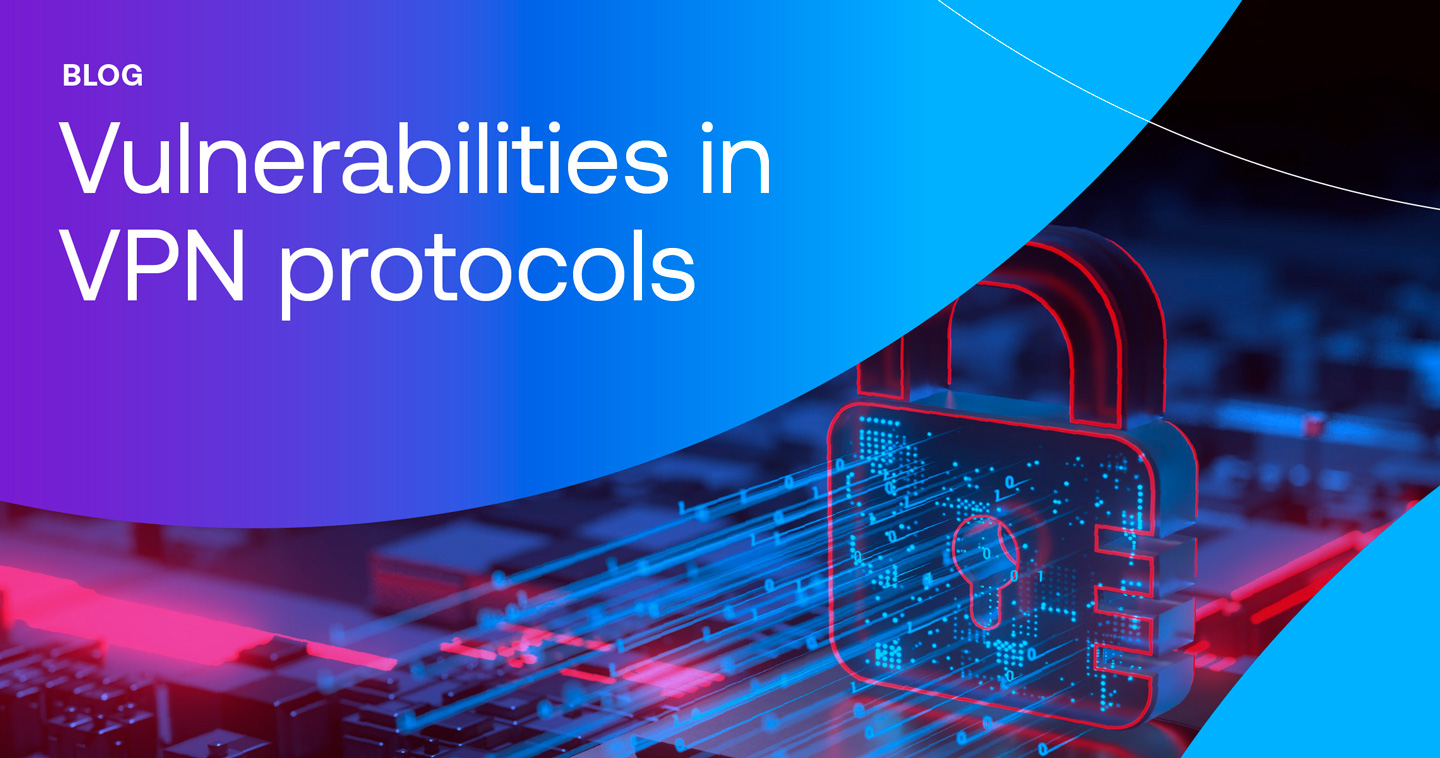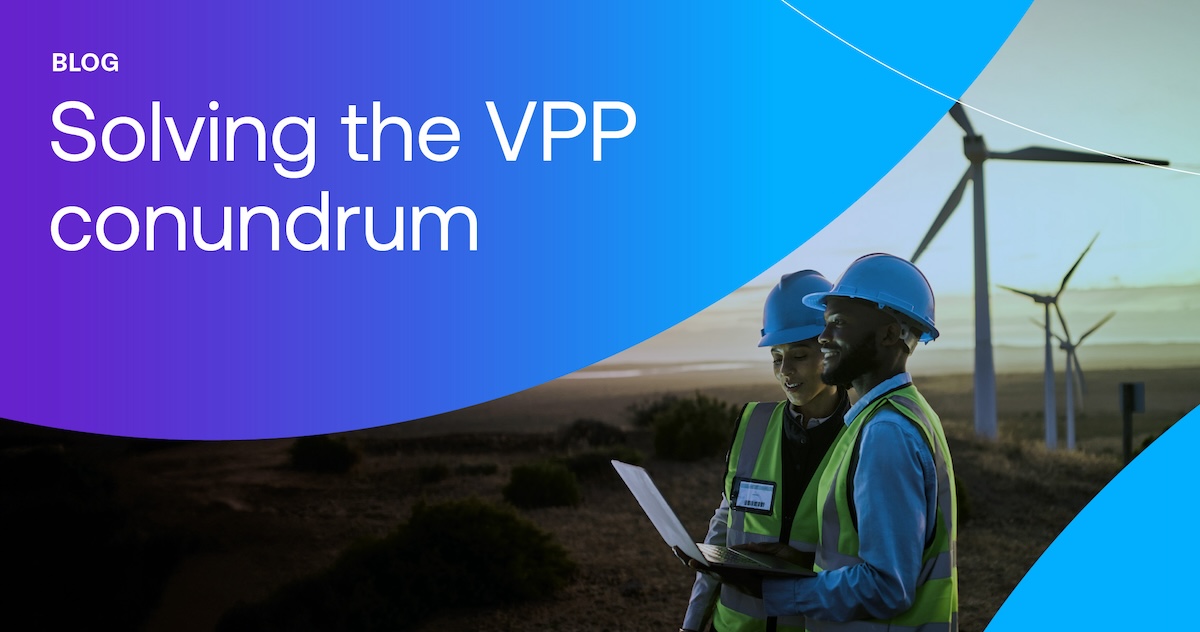- Connect multiple energy grids for mutual data sharing to reduce energy losses and improve reliability
- Streamline resources to optimize energy production and consumption and reduce costs
- Exchange of information about energy production, demand, and distribution to increase energy efficiency
- Improve energy security by providing more reliable and secure energy distribution
Connecting the energy ecosphere
The energy ecosphere is complex and far-reaching, covering a vast network of stakeholders, producers, distributors, governments, and end-users. With the increasing availability of data throughout the energy data lifecycle, we can create a more sustainable and cost-effective way of living. Grid data sharing is the key to unlocking this potential and transitioning to a clean energy economy with better service.
Why grid data sharing is important
Most of the world has agreed to reduce carbon emissions in order to prevent future environmental catastrophe. The drive to reduce emissions can be affected by various factors, such as utilizing cleaner sources of energy, maximizing grid efficiency, and decreasing unnecessary energy utilization… However, these changes don’t have to come at the cost of higher prices or poorer services. In fact, it’s the opposite — better planning, greater efficiency, and cheaper energy sources can lower prices, provide higher ROI, and improve service for end-users.
Grid data sharing can enable all of this. Here are some of the ways how:
- Incorporating DERs: Incorporating DERs: The future of energy production is one that moves away from a centralized generation system towards one that incorporates distributed energy resources (DERs) into the power grid. The existing, linear energy and data transmission process must be restructured to accommodate a two-way system, which can incorporate energy production from any source, including small-scale wind and solar sources.
- Improved infrastructure: A clean energy economy should maximize energy efficiency without cutting supply. This requires energy infrastructure that provides the most utility to the maximum number of people while also reducing infrastructure installation and maintenance costs. Grid data sharing allows holders of various data sets to combine their data to arrive at the optimum, most efficient infrastructure solutions.
- Energy innovation: The key to achieving a low or zero-carbon future while also achieving the electrification of everything is technological innovation.Private companies and academic institutions all over the world are researching how to create, distribute, and use energy better. Grid and energy usage data sharing empowers this work by expanding access to large and valuable datasets that can point the way to greater energy efficiency.
- Customer self-monitoring: The more detail and data customers have on t how they’re using energy, the better decisions they are able to make to decrease unnecessary load and reduce their own bills. Pacific Gas and Electric (PG&E), in response to rules set out by the California Public Utilities Commission, created a detailed energy hub for customers. By using this hub, they can access grid and utility data sharing capabilities to track their own consumption and share the information with third parties.
Barriers to grid data sharing
There are, however, a number of obstacles that widespread grid data sharing faces, which could delay or derail efforts to improve energy efficiency and collaboration.
Data compliance
Compliance has become a major issue across all verticals where data is used, not just in the energy sector. The EU’s GDPR and California’s CCPA have imposed stringent regulations on the collection, sharing, and utilization of data. In the case of grid data sharing, this is especially relevant as personally identifiable information like names and addresses of customers are prominent. Without checks in place, criminals could use supplementary information, such as energy usage or home occupancy patterns, to identify households to target if the data is not protected properly.
Limited applicability
The “grid” in grid data sharing encompasses tens or hundreds of thousands of data points, including IoT devices, electrical transformers, power plants, and home users. When taking so much data into account, the interoperability of it all becomes an issue. One of the major challenges facing successful data sharing is how to use grid technology to bring data and usage information in various formats into a cohesive image of the energy grid that others can easily tap into and use.
Competitive interest and lack of trust
Competing companies in the private sector may not be eager to share their data with others in the same industry, as this could be used to give them an upper hand. Despite the fact that this could lead to improved energy efficiency for all, trust is essential for successful, regularly updated data sharing within the grid. For this to work, there must be confidence in the way the data is being used and who is able to access it.
Inherent risk
Collecting and sharing grid data adds considerably to an organization’s risk profile. This can be because of the threat of regulatory fines, loss of consumer trust, or becoming party to data operations with inferior levels of security and access controls.
How to overcome grid data obstacles
Overcoming the barriers facing grid data sharing and maximizing the many benefits it can deliver requires the use of secure data platforms, such as Intertrust Platform. Here’s how.
Data compliance
A secure data virtualization platform provides strict data governance and access controls. This allows administrators to define who can access which data and what they can do with it, right down to row and column level. To maintain control over data by the original owner, it is essential to adhere to data sharing and usage rules when combining datasets with different permissions.
Secure collaboration
Since all data is queried in secure execution containers, different organizations don’t have to worry about data leakage and theft by competitors. Grid data can be shared securely, and access and capabilities of different users can be pre-determined by stakeholder agreement.
Data interoperability
With Intertrust Platform, datasets are brought together and unified for querying, no matter their location or format. This allows disparate stakeholders to work together and still understand and interact with the data being exchanged. Through CleanGrid, an Intertrust toolkit, the successful use of grid data sharing has been demonstrated to be viable and cost-effective.
More efficient infrastructure
E.ON, one of the world’s largest utility companies, has seen the value of grid data sharing through CleanGrid and its wholly owned subsidiary DigiKoo. By providing secure, fast, and effective data exchange between service providers and regional government authorities in Germany, CleanGrid is greatly improving howEV charge-points are being provisioned.
Support for DERs
Applications using CleanGrid in Germany, utilizing its Identity and Access Management (IAM) and Secure Execution Environment features, have been able to cut the time needed to interconnect DERs with the grid. For new DER installation projects powered by CleanGrid, the timeline for project planning can see reductions by up to 90%.
We help create efficiencies
Grid data sharing is among the most powerful tools available in drive for a clean energy world. Though it does face significant obstacles, these can be overcome through the use of secure data exchange technology. Intertrust Platform, as proven through CleanGrid, creates fast and effective data sharing environments, essential for uncovering new efficiencies in the energy ecosphere.
To find out more about how Intertrust technology enables grid data sharing and complies with all relevant data regulations, download the white paper or talk to our team.




